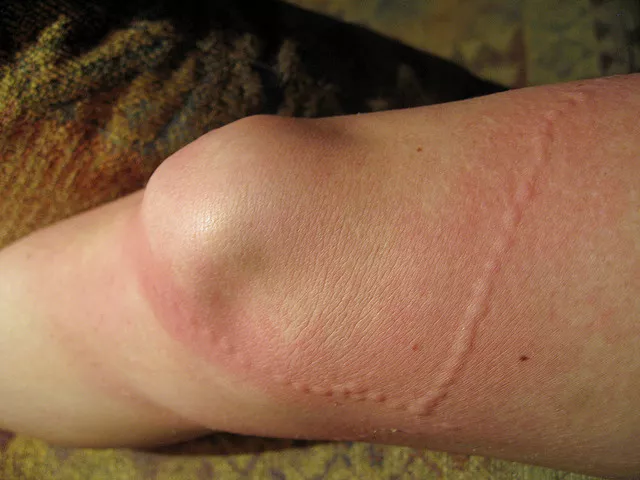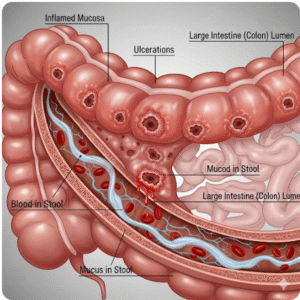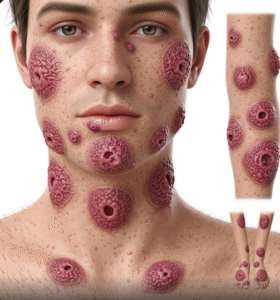Overview
Stings and bites from sea creatures are relatively rare but can occur in Korea’s coastal waters, especially during the summer months when marine activity increases. These injuries can range from mild irritation to severe allergic reactions or systemic symptoms, depending on the species involved.
What are Stings and Bites (Sea Creatures)?
These refer to injuries caused by contact with venomous or aggressive marine animals such as jellyfish, sea urchins, stingrays, or certain types of fish. The venom or physical trauma from these animals can cause pain, inflammation, and in rare cases, life-threatening complications.
In Korea, stings from jellyfish (especially Nomura’s jellyfish) are the most common marine injury, but incidents involving sea urchins, stingrays, and weever fish are also reported.
Symptoms
Symptoms depend on the creature involved but may include:
- Burning or stinging pain
- Redness, swelling, or welts on the skin
- Itching or tingling
- Nausea or vomiting
- Muscle cramps or spasms
- Difficulty breathing (in severe allergic reactions)
- Fainting or dizziness (in rare systemic reactions)
- Embedded spines (in the case of sea urchins)
Causes
- Swimming in waters where venomous sea creatures are present
- Stepping on hidden sea urchins or stingrays in shallow waters
- Handling marine animals without protection
- Seasonal increases in jellyfish blooms during warm months (July–September)
Risk Factors
- Swimming or diving in unmonitored or unmarked areas
- Lack of protective footwear or wetsuits
- Ignoring local marine warnings or red flags
- Children and elderly, who may react more severely to venom
- Individuals with known allergies to insect or marine stings
Complications
- Secondary infections from open wounds
- Allergic reactions (anaphylaxis) requiring emergency care
- Nerve damage from venom
- Embedded spines causing chronic pain or mobility issues
- Scarring and skin discoloration
- Rare but possible cardiovascular or respiratory collapse from potent venom
Prevention
- Check local marine safety updates before swimming or diving
- Wear protective clothing and water shoes
- Avoid touching or disturbing marine life
- Stay alert during jellyfish season in Korea’s southern and eastern coasts
- Follow posted signs or lifeguard instructions on beaches
- Carry a basic first aid kit including vinegar or tweezers for emergency response
Treatment Options in Korea
Medical facilities in Korea are well-prepared to handle marine stings and bites, especially in coastal and tourist-heavy regions.
First Aid:
- Jellyfish stings: Rinse with vinegar (not fresh water) to neutralize venom. Remove tentacles carefully with tweezers. Apply hot water (not scalding) to relieve pain.
- Sea urchin injuries: Soak in hot water. Use tweezers to remove spines. If deeply embedded, seek medical help.
- Stingray wounds: Soak in hot water and clean the wound. Medical evaluation is often necessary due to the risk of venom complications.
Hospital Treatment:
- Pain relief (NSAIDs or local anesthetics)
- Antibiotics for infected wounds
- Tetanus shots
- Surgical removal of embedded spines if required
- Antihistamines or epinephrine for allergic reactions
- Wound care and follow-up to prevent scarring or long-term pain













